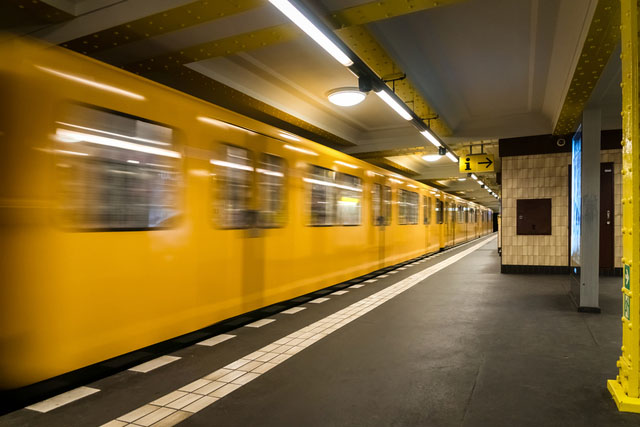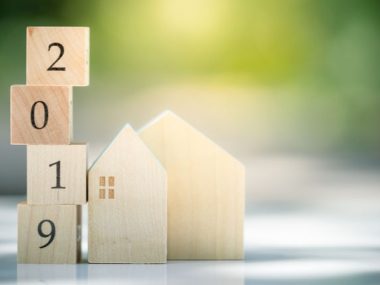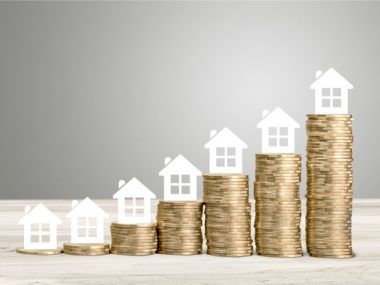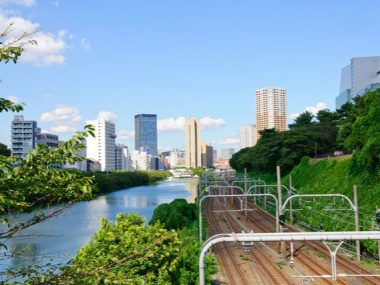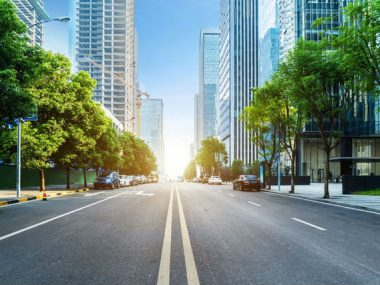In Tokyo, there’s a complicated train system. There are nine lines of the Tokyo Metro, including the Ginza Line, and four lines of the Toei Subway including the Asakusa Line. Some lines, such as the Ginza Line and the Fukutoshin Line, run only in the city centre, whilst some extend to neighbouring prefectures, sharing the same route with private railways.
Each line has its own real estate characteristics, such as the number of available properties and their market prices. So when you think about real estate investment, you should first keep in mind the characteristics of the nearest line. This time, let’s discuss the Tokyo Metro Ginza Line.
Japan’s first subway.
The Tokyo Metro Ginza Line was Japan’s first subway line and connects 19 stations across 14.3 kilometres. When it opened in 1927, it was purported to be the “only subway in the East”.
It is an important line that connects typical shopping and business areas in Japan from Asakusa Station to Shibuya Station via Ueno Station, Nihonbashi Station, Ginza Station, Aoyama 1-Chome Station, etc. The line runs through several administrative districts of Tokyo, including Taito, Chiyoda, Chuo, Minato and Shibuya wards. It can be said that it is the most downtown subway in Tokyo.
However, the real estate prices vary depending on the station. Downtown areas such as Asakusa are relatively cheap, whilst areas such as Nihonbashi and Ginza in downtown, and uptown Shibuya are quite expensive.
According to the data collected by @Home, the average price of used condos near major stations is as follows.
| Average | 1R to 1K | 2LDK – 3DK | |
|---|---|---|---|
| Asakusa | 37.99 million yen | 18.61 million yen | 42.11 million yen |
| Ueno | 51.22 million yen | 16.52 million yen | 64.02 million yen |
| Kanda | 62.01 million yen | -— | 68.26 million yen |
| Nihonbashi | 40.08 million yen | 20.75 million yen | -— |
| Ginza | 49.49 million yen | -— | 54.72 million yen |
| Shinbashi | 89.47 million yen | 22.67 million yen | 157.12 million yen |
| Akasaka Mitsuke | 85.65 million yen | 23.94 million yen | 113.96 million yen |
| Aoyama Itchome | 134.6 million yen | 35.46 million yen | 187.61 million yen |
| Shibuya | 85.35 million yen | 37.41 million yen | 105.07 million yen |
(Source: A survey by @ Home Corporation)
Properties in Minato-ku and Shibuya-ku surpass 100 million Yen
There is a slight bias in the areas where the number of properties listed is small, but looking at the market price of used condos, 1R to 1K properties are in the 10 million yen range for Asakusa Station and Ueno Station in the Taito Ward. Nihonbashi Station in the Chuo Ward is in the 20 million yen range, and Aoyama 1-chome Station in the Minato Ward and Shibuya Station in the Shibuya Ward are in the 30 million yen range.
The difference between 2LDK and 3DK properties is even larger: the average property price around Asakusa Station is around 40 million yen, Ueno and Kanda Stations are around 60 million yen, and the area from Shinbashi Station to Shibuya Station is over 100 million yen.
Even though they’re on the Tokyo Metro Ginza Line, downtown areas such as Asakusa Station and Ueno Station are relatively cheap, so you can invest with a relatively small budget. Compared to the uptown areas, you can expect an increase in asset value.
Large-scale redevelopment of Shinbashi and Toranomon areas continues.
In the Shinbashi and Toranomon areas, large-scale redevelopment continues. Toranomon Hills was completed in 2014, Loop 2 was completed for the Tokyo Olympic and Paralympic Games in 2020, and BRT (a mass bus transportation system) from Toranomon to Shinbashi and to Harumi and Toyosu opened. In addition, a new station, Toranomon Hills Station on the Tokyo Metro Hibiya Line also opened.
Various large-scale development projects are underway in the area, bringing the total development area to around 860,000 square metres. In addition to the Toranomon Hills Business Tower and Toranomon Hills Residential Tower, the reconstruction of Hotel Okura is progressing.
A major remodelling of Shibuya Station occurs every 100 years.
At Shibuya station, a large-scale renovation that takes place once every 100 years is progressing. Following the opening of Hikarie Shibuya in 2012, the Shibuya Stream south of Shibuya Station opened in 2019, and the Scramble Square above Shibuya Station was completed in November 2018.
Next, the Tokyu Plaza Shibuya in front of Shibuya Station is scheduled to open, and the redevelopment of the Sakuragaoka area, where development had been delayed, started in 2019.
Representative Japanese IT companies have moved their headquarters to office buildings one after another, and Scramble Square is so popular that it has been fully occupied for the past year. Not only shopping, but business is booming, and I’m sure it will attract more attention as a real estate investment destination.

